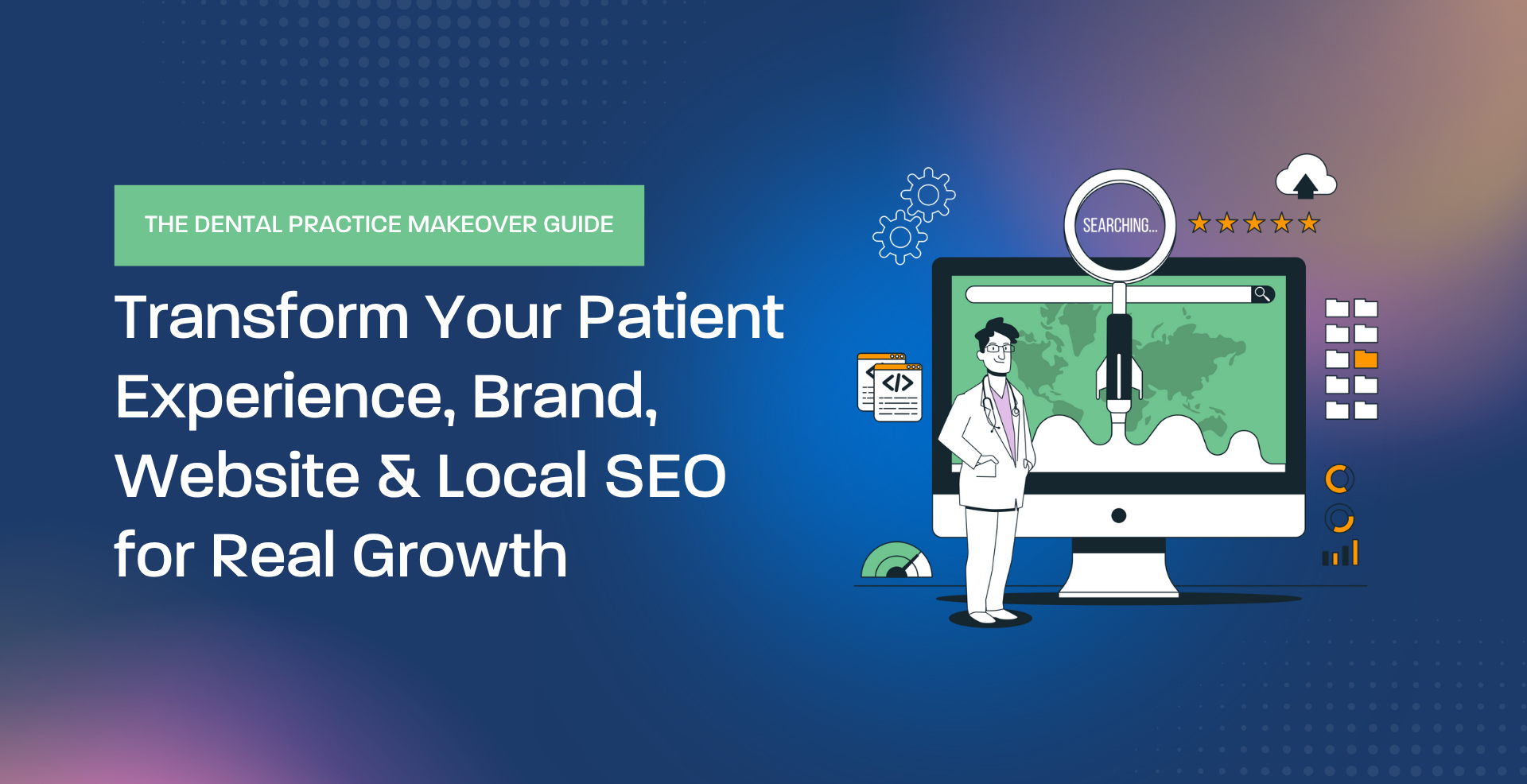Updated August 2025
Why This Still Matters
White-label partnerships are no longer a trend—they’re the infrastructure behind modern agency scalability. From startup design firms to large-scale marketing agencies, partnering with a white-label provider lets you expand capabilities, boost revenue, and scale faster, without bloating your team. But success doesn’t come from a simple contract. It’s earned through intentional strategy, alignment, and systems.
This updated guide outlines the most effective strategies agencies are using in 2025 to build resilient, efficient, and high-performing white-label partnerships.
Want a full blueprint? Read our pillar post: The Ultimate Playbook for Scaling Agency Output Without Hiring
The world of design agencies is increasingly embracing white-label partnerships. Why? These collaborations based on some of the best strategies offer a unique opportunity to expand service offerings, tap into new markets, and scale operations efficiently. However, a successful white-label partnership requires more than just a handshake and signing a contract and NDA. It thrives on clear and efficient communication, shared goals, and a commitment to continuous improvement.
Let’s examine the key strategies your design agency can leverage to elevate a white-label partnership, fostering long-term success and mutual growth.
Clear expectations and aligned goals
A strong white-label partnership begins with a solid communicative foundation. This means establishing clear expectations from the outset.
- Scope of services: Clearly define the services encompassed in the white-label agreement. This could include comprehensive website design services, tailored SEO services, or specific aspects like white label design of website elements.
- Deliverables and deadlines: Outline the expected deliverables for each project, including website mockups, content creation, and link-building strategies. Establish realistic and mutually agreed-upon deadlines to ensure timely project completion.
- Quality standards: Define clear quality benchmarks for white-label design and/or website development if that’s what is required. This might involve adherence to specific design principles, user interface (UI) best practices, and content quality standards.
Geeks For Growth has a free guide titled – A Guide to Successful white-label Partnerships which focuses on why agencies are increasingly turning to partners for design services, valuable insights into how these partnerships can be developed, and all you need to know before making the key decision to enter a white-label partnership with a partner like Geeks For Growth.
Open dialogue and transparency
Regular and transparent communication is the lifeblood of any successful partnership.
- Client briefings and feedback loops: Establish a clear process for client briefings and feedback loops, if possible, have a communications/project manager handle all comms. This allows the white-label partner to understand the client’s needs effectively and the agency to tailor white-label design and development accordingly.
- Project management tools: Utilize project management tools like Asana or Trello to enhance communication and collaboration. These platforms provide a centralized space for sharing project updates, tracking tasks, and streamlining workflows.
- Performance metrics: Regularly share key performance indicators (KPIs) with your white-label partner. This could include website traffic statistics, conversion rates, and search engine ranking improvements. Openly discussing metrics fosters data-driven decision-making and allows for adjustments to white-label SEO or website design strategies when necessary. Some other metrics are:
- Project turnaround time: Measure the average time taken to complete projects compared to agreed timelines.
- Error rate: Track the frequency and severity of errors in deliverables, such as design flaws or missed requirements.
- Quality assurance scores: Regular evaluations of the work against predefined quality standards.
- Cost savings: Measure the reduction in operational costs due to outsourcing to a white-label partner.
Maintaining consistency and credibility
A critical aspect of white-label partnerships is ensuring brand alignment.
- White-label design system: Develop a white-label design system that provides your white-label partner with pre-defined design elements, color palettes, and typography. This ensures consistent branding across all white-label design projects.
- Messaging consistency: Work collaboratively with your white-label partner to develop messaging that aligns with your overall brand voice and target audience. This includes crafting website copy, social media content, and email marketing materials.
Streamlining efficiency
Technology can significantly enhance the effectiveness of white-label partnerships.
- Automated reporting systems: Leverage automated reporting tools to generate reports on website performance, SEO metrics, and social media engagement. This allows for quicker access to critical data and faster decision-making.
- Collaborative Platforms: Utilize cloud-based design and development platforms like Figma or InVision for real-time collaboration on white-label design projects. These platforms enable both parties to provide feedback and iterate on designs efficiently.
- Content Management Systems (CMS): Implement a user-friendly CMS for your white-label website projects. This empowers your white-label partner to easily manage and update website content without requiring your direct intervention.

Building trust and maintaining reputation
Maintaining ethical practices is paramount in any white-label partnership.
- Respecting intellectual property (IP): Ensure all creative assets, white-label design elements, and content are properly licensed and used by copyright laws.
- Focus on client success: Always prioritize the success of your white-label partner’s client. This means delivering high-quality white-label design and development that meets the client’s specific needs and objectives.
Continuous Improvement for adaptation and growth
The design landscape is constantly evolving. To maintain a competitive edge, successful white-label partnerships require a commitment to continuous improvement.
- Regular reviews: Schedule periodic reviews with your white-label partner to evaluate the effectiveness of your strategies. This allows for identifying areas for improvement and adjusting your approach as needed.
- Client feedback: Actively seek and incorporate feedback from your white-label partner’s clients. This feedback is invaluable in understanding their needs and refining your white-label design and development offerings.
- Staying current with industry trends: Keep abreast of the latest trends in web design, SEO best practices, content marketing strategies, or whatever service you’re receiving. This ensures your white-label partnership offers the most effective and up-to-date
Balancing aesthetics with functionality
While white-label design should be visually appealing, it should never come at the expense of functionality.
- User-centered design (UCD): Employ a user-centered design (UCD) approach to all white-label design projects. This ensures the final product is not only aesthetically pleasing but also provides a seamless and intuitive user experience (UX).
- Responsive design: In today’s mobile-first world, prioritize responsive design for all white-label website projects. This guarantees optimal viewing across different devices, from desktops to tablets and smartphones.
- Accessibility best practices: Ensure your white-label design adheres to web accessibility best practices. This makes your white-label websites usable by a wider audience, including users with disabilities.
Building long-term success together
By implementing these best practices, design agencies can cultivate thriving white-label partnerships that deliver exceptional value to clients. Remember, a successful white-label partnership is not a one-time transaction; it’s a long-term commitment built on trust, collaboration, and a shared vision for success.
Following these strategies allows you to:
- Expand your service offerings: White-label partnerships enable you to offer a wider range of services without the need for significant in-house investment.
- Reach new markets: Partnering with white-label agencies opens doors to new markets and client bases you might not have been able to access independently.
- Increase efficiency and scalability: White-label partnerships allow you to scale your operations efficiently by leveraging your partner’s expertise and resources.
- Enhance client satisfaction: By delivering high-quality white-label design and development, you contribute to your white-label partner’s client satisfaction and retention.
By fostering a collaborative and results-oriented environment, design agencies can leverage white-label partnerships as a powerful tool to drive growth, innovation, and long-term success in the ever-evolving design landscape.
To learn more about the benefits and long-term impact of white-label partnerships, the key factors in forming and sustaining partnerships, and how to strike the right balance between design, creativity, and client requirements, you can get GeeksForgrowth’s whitepaper for free!
Do you need a white-label partner who will do all the work for you while delivering quality services under your brand name? Geeks For Growth is your efficient white-label partner that will help your agency shine with premium branding and design services.
Ready to Scale Smarter?
A high-performing white-label partner can transform your agency from overworked to unstoppable. But it takes alignment, systems, and shared accountability. If you’re ready to stop micromanaging and start scaling, check out our white-label services and let’s talk.
Explore Our White-Label Playbook
Geeks For Growth isn’t just a vendor. We’re the invisible engine behind your client success.
This post is part of our white-label agency series. For more strategies and systems to scale your creative or marketing agency, visit our blog.






